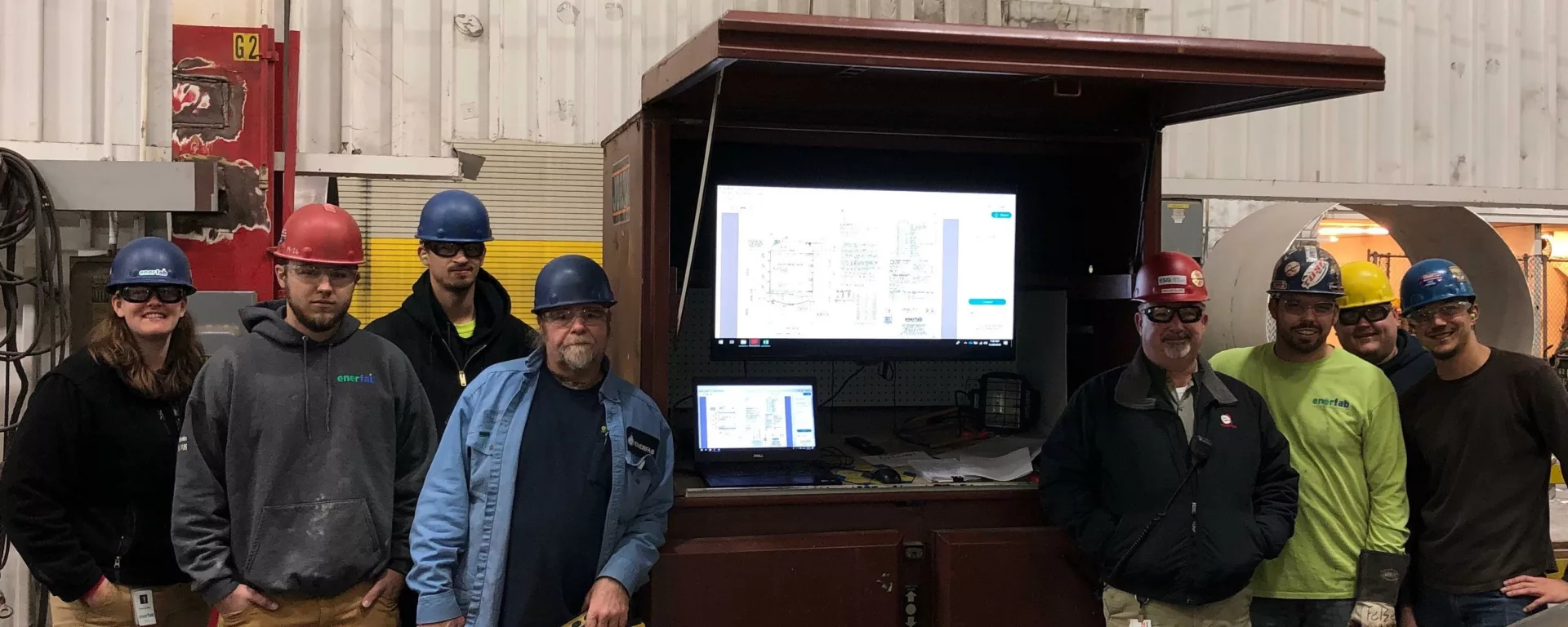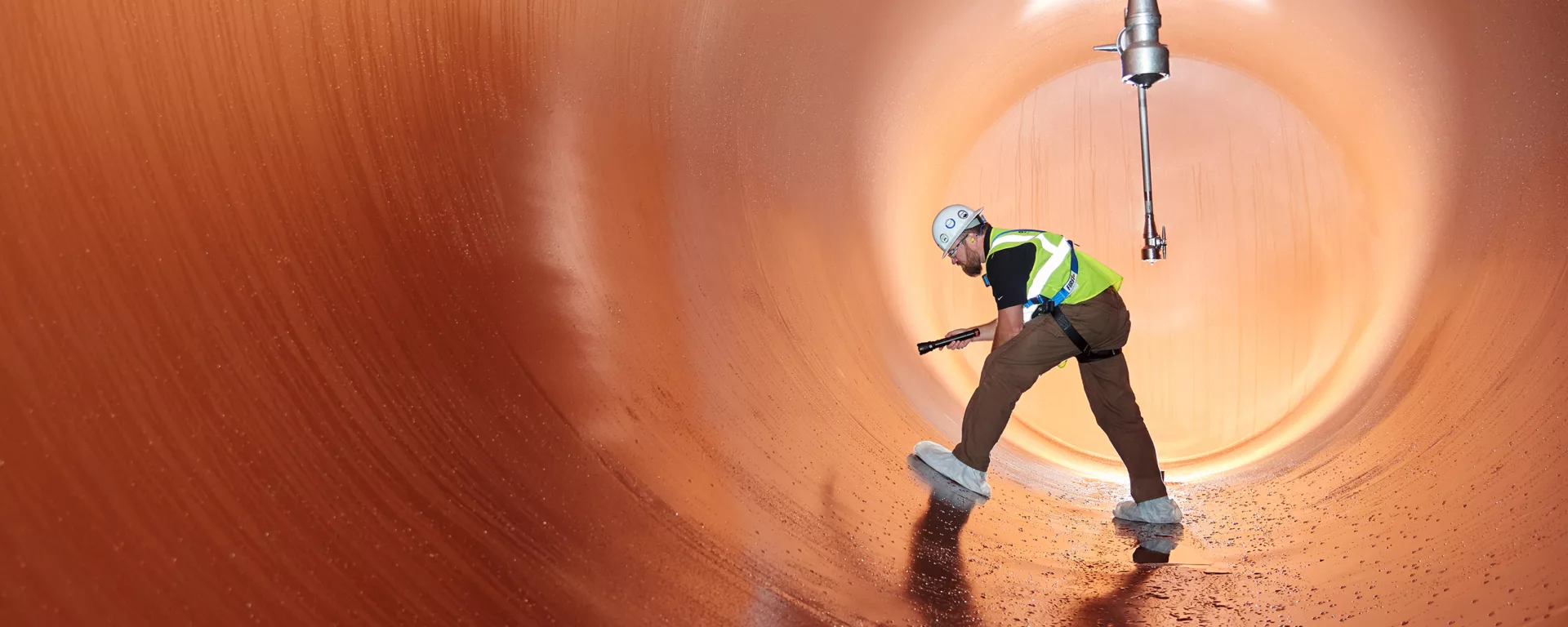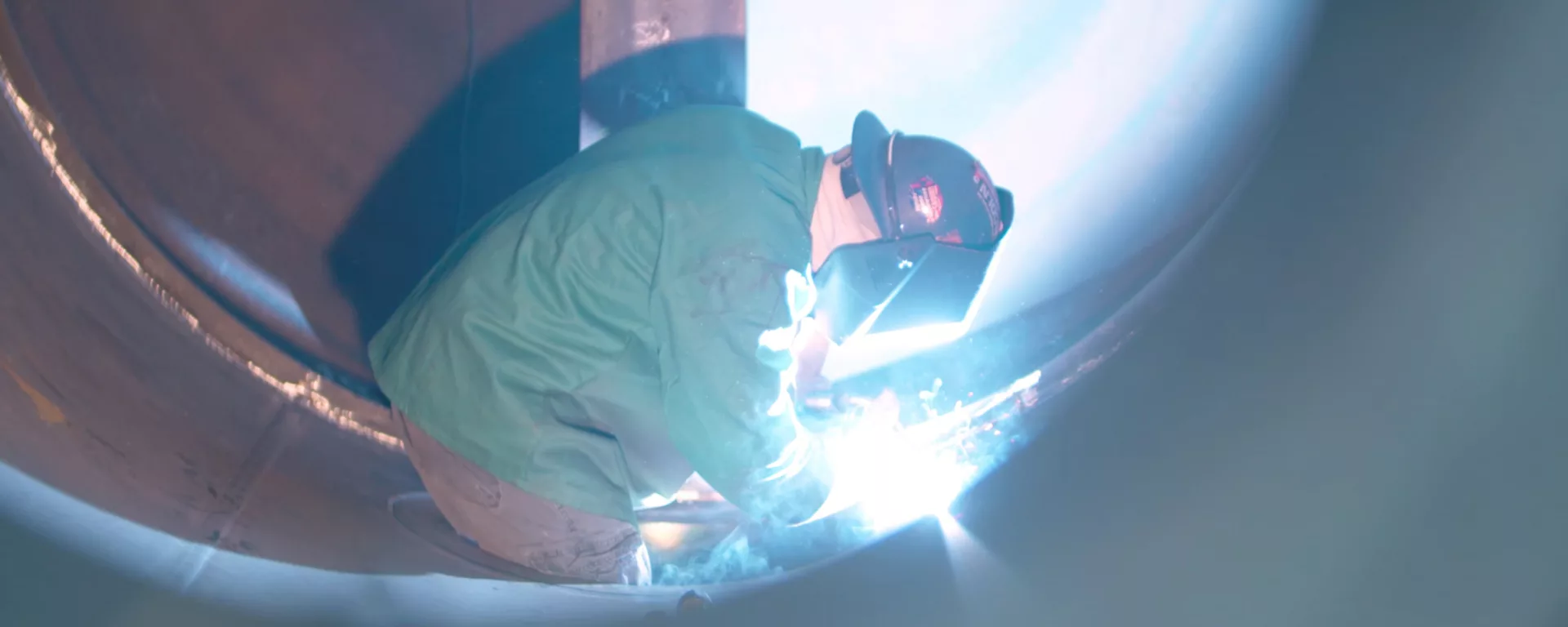Over the last three to five years, we’ve won several projects by utilizing an offsite construction strategy, and it’s now one of our key offerings that differentiates us.
With offsite construction, it is what it sounds like. You fabricate a component or sub-component as big as you can in a controlled offsite environment, then bring it to the site for final assembly. Take, for instance, a current project where we are fabricating over 220 modularized pipe racks, some up to 150′ in length. It’s got the pipe, the cable tray, the insulation, the heat trace, and the controls, and it’s all tested before it hits the site. You’re literally offloading all that off a truck, installing it, and then moving on.
Offsite construction and modularization have been around for a long time, and there are companies out there that take it to the max. They are more common in the residential and commercial construction industries but less so in the heavy-industrial space. We see it mainly for pipe bridges, multi-trade racking systems, and process and utility skids. I believe that offsite construction and modularization are going to be a substantial part of how most projects are built in the future.
Our industry still feels that with offsite construction, there is too much to do in advance, and therefore, stick-building on the job site is faster and better. That’s not necessarily the case. So, what do companies need to do to capitalize on offsite construction? It comes down to effective planning and communication.
Planning Offsite Construction from the Onset
Knowing that offsite construction will be the approach means you have to think about the entire project differently to capitalize on efficiency, and that includes design. A lot of architects don’t think that way, so it’s important that the engineers, architects, and constructors all get in a room and think about constructability.
Historically, most of what Enerfab does is very custom. It’s one-offs. As newer industries like battery plants, data centers, and hydrogen plants develop, I expect to see an increase in standardization. It’s possible to build an entire plant with offsite construction. Standardization eliminates the need to re-engineer everything every single time you build a new facility. It’s going to bring the cost down to do things that way and increase the constructor’s ability to scale because the entire plant has a plan, and the whole building is designed at once and not just in parts and pieces.
Planning the Whole Project
The planning that is necessary to do offsite construction right isn’t just the planning of the design or how to build the modules before shipping. It’s planning for the whole project, which includes the schedule needs, transportation, and installation. There may be some electrical components and things that will be installed later just because you don’t have them yet. You also want to think about the extra structural support for loading and shipping because trucks are going to hit potholes while moving the units. Larger sections will require a crane to install, so you need engineers available to analyze how the pieces will be offloaded and fit together on site.
Planning Labor
Workforce availability is one of the biggest challenges right now, so planning is crucial in optimizing the use of labor on an offsite construction project. Enerfab leverages multiple fabrication shops and labor pools from different geographies to put together a plan that maximizes shop capabilities while keeping headcount as low as possible on job sites. Securing teams of construction workers in the numbers we need to meet the needs of our larger mega projects is no small task, but breaking down the labor into smaller chunks during planning enables us to provide predictable amounts of labor in the field.
I was on a panel at the Advancing Prefabrication conference a couple of years ago and was introduced to a company that was assembling fully operational bathrooms for new hospital construction. The modular units had everything installed in the shop, including insulation, drywall, plumbing, lighting, mirrors, etc. The units were complete and had an integrated structural steel box around them to allow for rigging and skating them right into place. This group used the module work as a feeder and training program for its apprentices. After working on these units for a year or so, the apprentices went into the field to do the installation. As you can imagine, their experience in the shop enabled them to be productive in the field on day one.
You can put less-experienced people on projects like this if you provide training, instructions, processes, and procedures. I’m not saying that the need for skilled labor will go down as offsite construction takes root in our industry. I think it’s more likely that the need for skilled labor at various levels will shift. Even if Enerfab doesn’t self-perform everything on an offsite project, we have the people and partners who understand how it all comes together.
Building Smarter
As offsite construction becomes more the norm rather than the exception in heavy-industrial spaces, it won’t just be changes in the way we staff jobs that will emerge. Offsite will give companies that embrace it the ability to improve turnaround times and control quality and consistency in the way their teams operate. It also provides much better cost and deadline predictability. Approaching projects with offsite construction and modularization is the reason Enerfab has won projects over the past few years. Leveraging effective planning to increase control and optimize the use of our structural steel and pipe fabrication shops has made it possible for Enerfab to take on mega projects that our competitors just cannot manage.
One final benefit that we have seen is an increase in quality. We use laser scanning and Augmented Reality imaging that overlays the 3D model on the physical component. This enables fit-up quality checks throughout the project lifecycle. It also provides peace of mind for the client when you can send them screenshots of the project in real time. In several instances, this has eliminated the need for third-party inspectors, which also saves money for our customers. Adopting offsite construction requires a real mindset shift and a deep commitment to planning, but it enables you to build smarter and deliver enormous value to your customers with predictable results.




